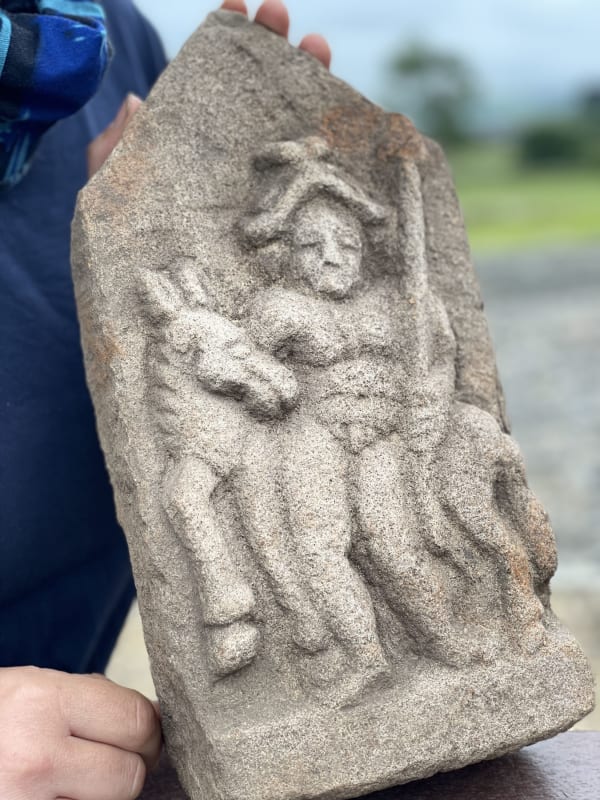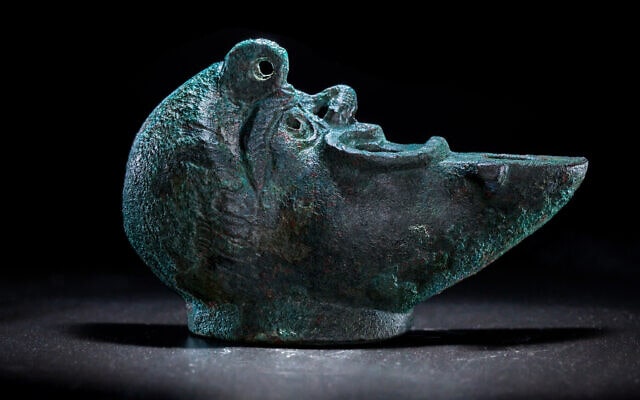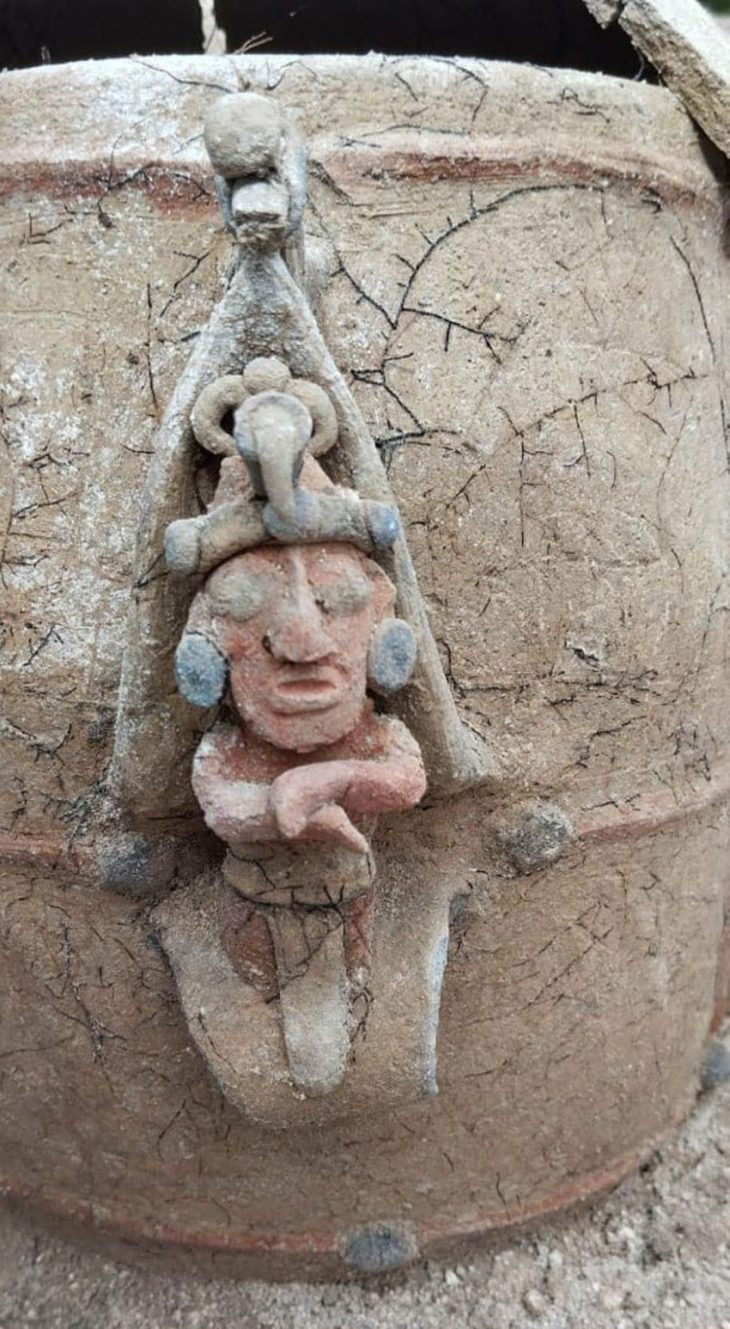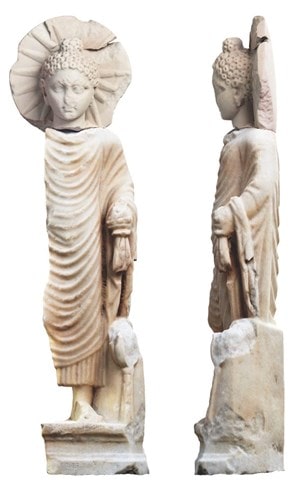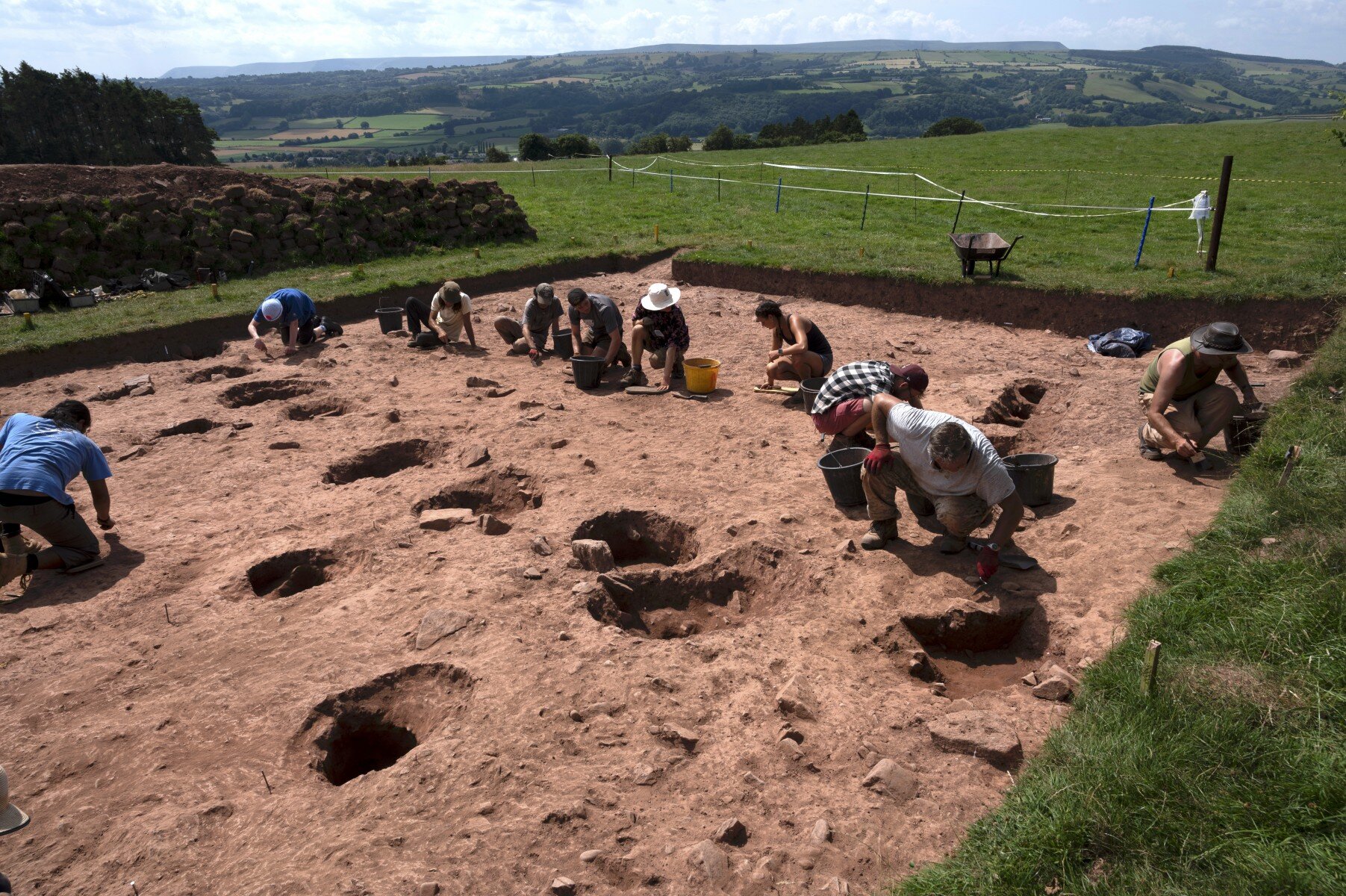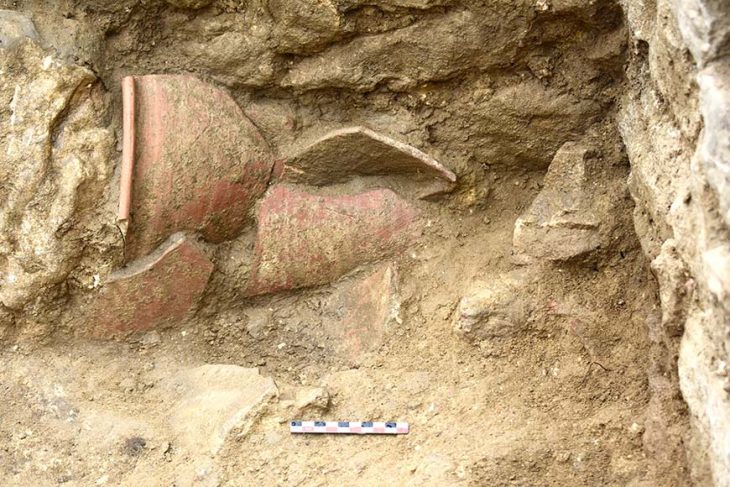The Paleolithic Era: Origins of Humanity
The Paleolithic Era, also known as the Old Stone Age, spans a vast period of prehistory, beginning around 2.6 million years ago with the emergence of the first stone tools and ending approximately 10,000 years ago with the advent of agriculture and the transition to settled societies. This epoch represents a crucial stage in human … Read more


